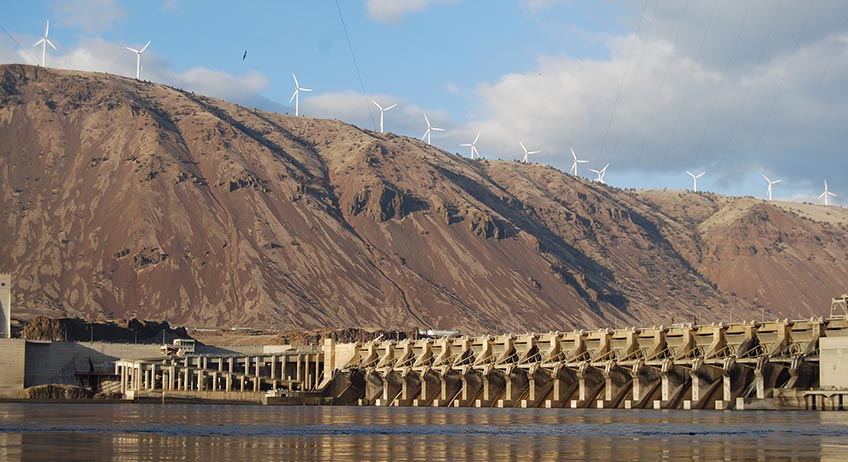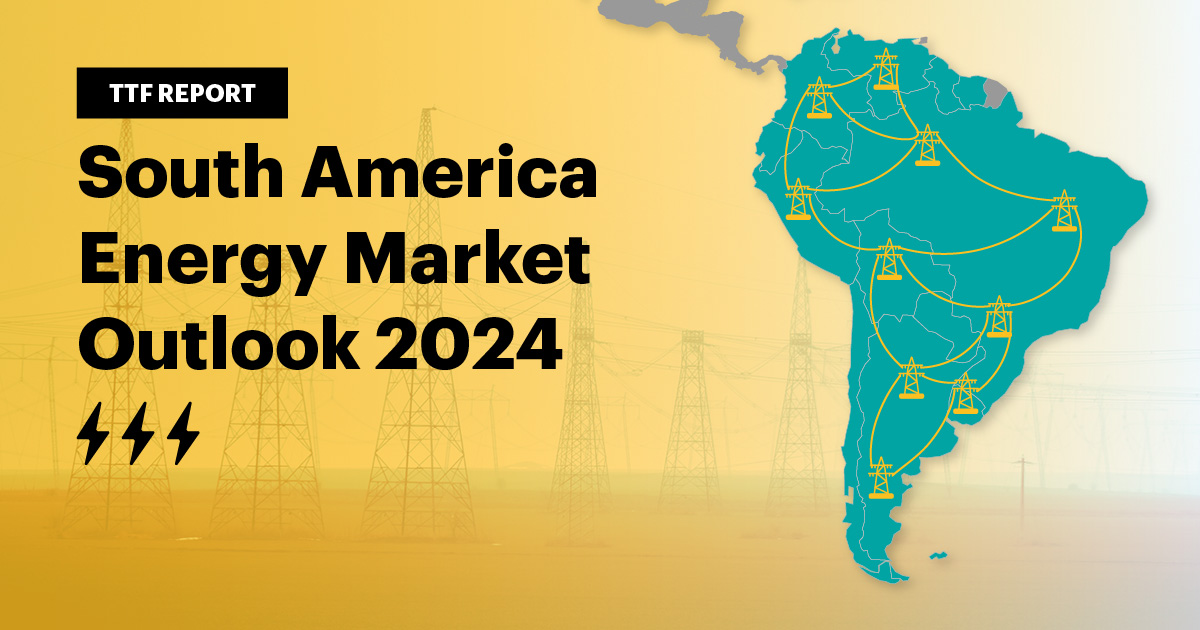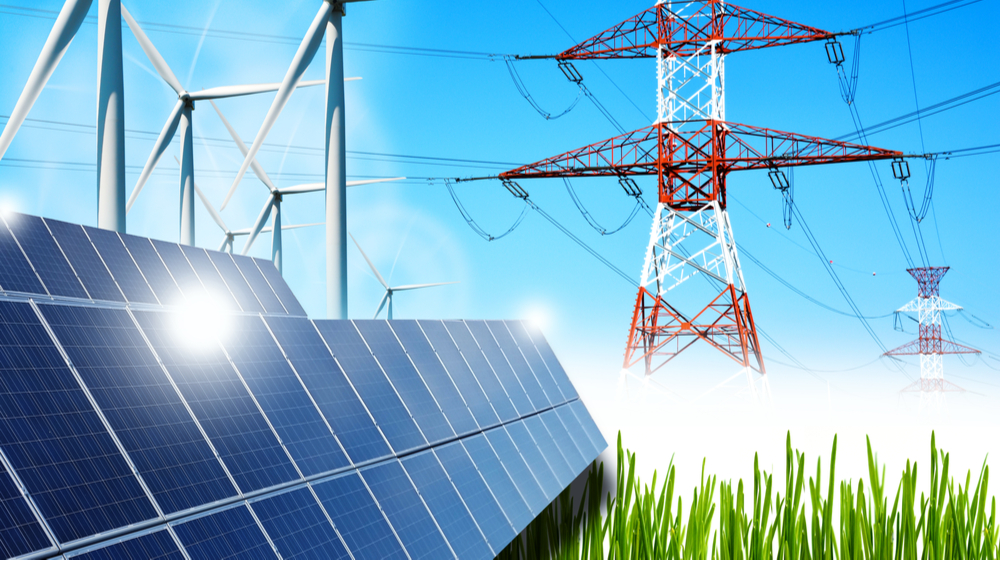
Renewable integration in South America provides several benefits to improve energy security. It also provides the opportunity to enhance energy efficiency, reduce carbon emissions and improve energy security. South America has abundant natural resources for renewable energy growth. The renewables include solar, wind and hydroelectric. Countries like Brazil, Chile and Argentina have already taken steps in renewable energy development. Renewables can integrate into smart grids to increase and stabilize energy production. Smart grid technologies help manage the variability of renewable energy sources. This is by using advanced digital technology to monitor and manage electricity flows. They also allow for real-time adjustments in supply and demand. Such integration provides a balanced energy mix that can improve through smart grid technologies.
Renewables integrated into smart grids
South America is integrating a diverse range of renewables into smart grids. The deployment of smart grid technologies helps optimize renewable use in the region. It also ensures a stable and reliable energy supply. Common sources for the integration include hydropower, solar power, wind, geothermal, and hydropower. For instance, Cerro Dominador solar thermal plant in Chile combines PV and concentrated solar power technologies. Uruguay’s grid operator, UTE, uses advanced forecasting tools and real-time data management to maintain grid stability. Argentina has also launched several pilot projects focused on the integration of distributed generation sources. These projects include deployment of smart meters and grid automation technologies. These enable better management of renewable energy sources.
Challenges facing renewable integration into smart grids
Renewable energy integration onto smart grids provides several benefits to South America. Benefits include energy efficiency, grid stability and energy independence. However, the integration faces several challenges in their deployment. These stem from technical, economic, regulatory and social factors. Governments and stakeholders should address these challenges to build a more sustainable, resilient and efficient energy system. They should focus on upgrading infrastructure, developing strong regulatory frameworks and securing financial investments. The following are the challenges of renewable energy integration into smart grids.

- Infrastructure limitations – the region has outdated electrical grids equipped to handle the integration of variable energy sources. There is also limited grid connectivity which makes it difficult to integrate renewable sources.
- Intermittency of renewable energy – solar and wind energy depend on weather conditions. This makes it hard to maintain a stable and reliable power supply. The integration also needs strong energy storage solutions to manage supply and demand.
- Technical challenges – integrating high proportion of renewable energy can lead to grid instability. This is especially if the grid lacks flexibility to balance supply and demand in real time. Smart grid technologies may also be susceptible to cybersecurity risks.
- Economic and financial barriers – transition to smart grids and the integration of renewables needs high upfront costs. This includes investments in grid modernization, renewable energy projects and energy storage systems.
- Regulatory and policy challenges – there is lack of cohesive and consistent energy policies in South America. The existing regulations may not be conductive to the integration of renewable energy into the grid.
Role of smart grid integration in decarbonization goals
Smart grid integration with renewable energy plays a significant role in achieving decarbonization goals. The integration helps reduce greenhouse gas emissions in South America. The continued development of smart grid technologies is essential for building a sustainable, low-carbon energy future. Here’s how smart grid integration contributes to decarbonization in South America.

- Efficient renewable energy integration – smart grids enable the efficient integration of variable energy sources. They use advanced technologies like real-time monitoring and energy storage. This is to balance supply and demand of energy. Smart grid integration also helps reduce the need for fossil fuel-based power generation. This in turn reduces the production of greenhouse gas emissions.
- Enhancing grid flexibility – renewable energy sources like solar and wind are variable. The grids enhance grid flexibility by adjusting these fluctuations to ensure a stable and reliable power supply.
- Decentralized energy systems support – smart grids support the integration of distributed energy resources. They can also optimize the flow of energy and ensure the effective use of local renewable power.
- Optimizing energy efficiency – smart grids improve the efficiency of the energy system by reducing transmission and distribution losses. They also enable demand-side management programs that encourage consumers to shift their energy use.
- Enabling electrification of transportation – smart grids manage the increased electricity demand from electric vehicles. Smart charging infrastructure can optimize when and where EVS charge aligning with periods of high renewable energy generation.
